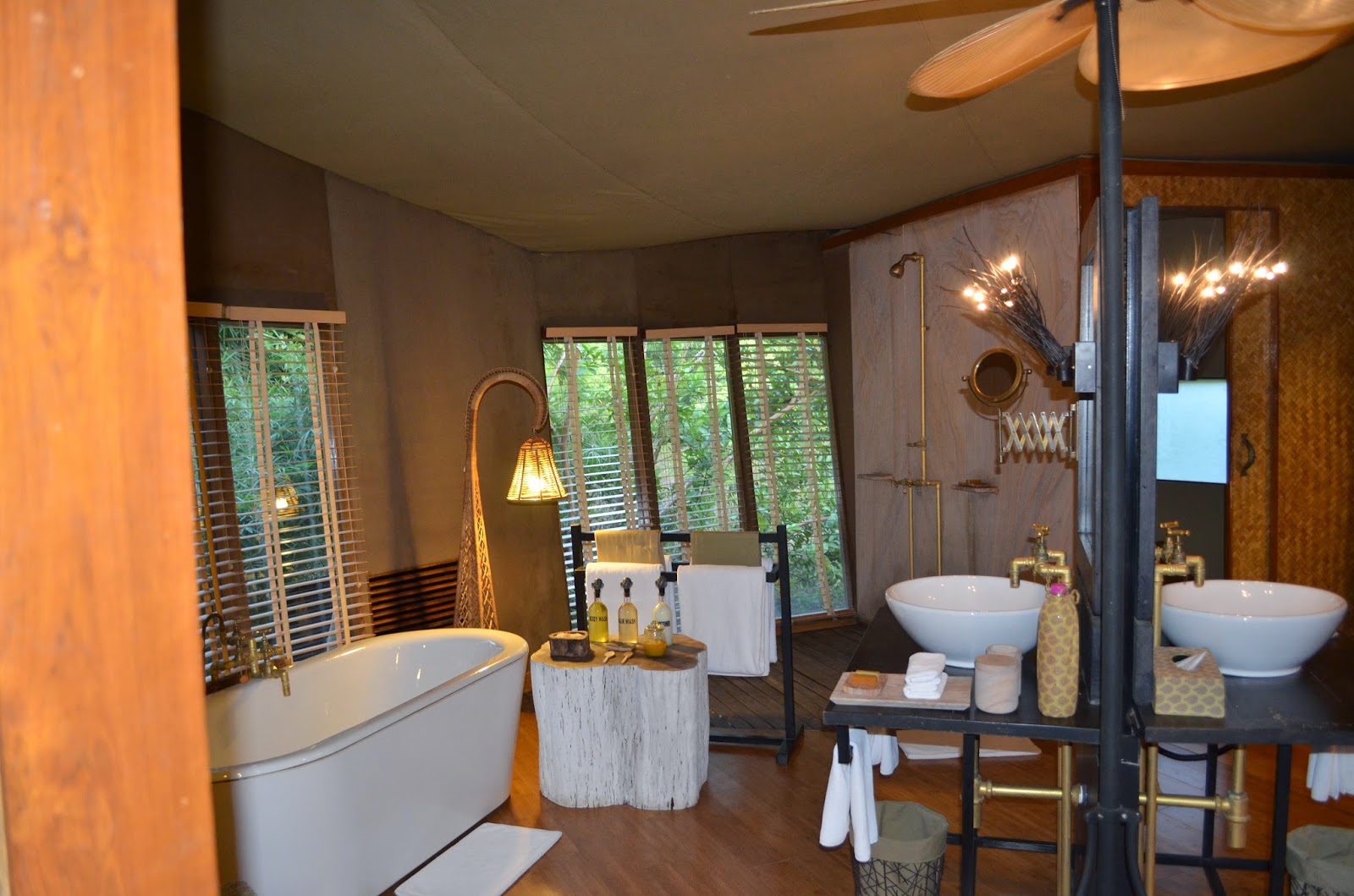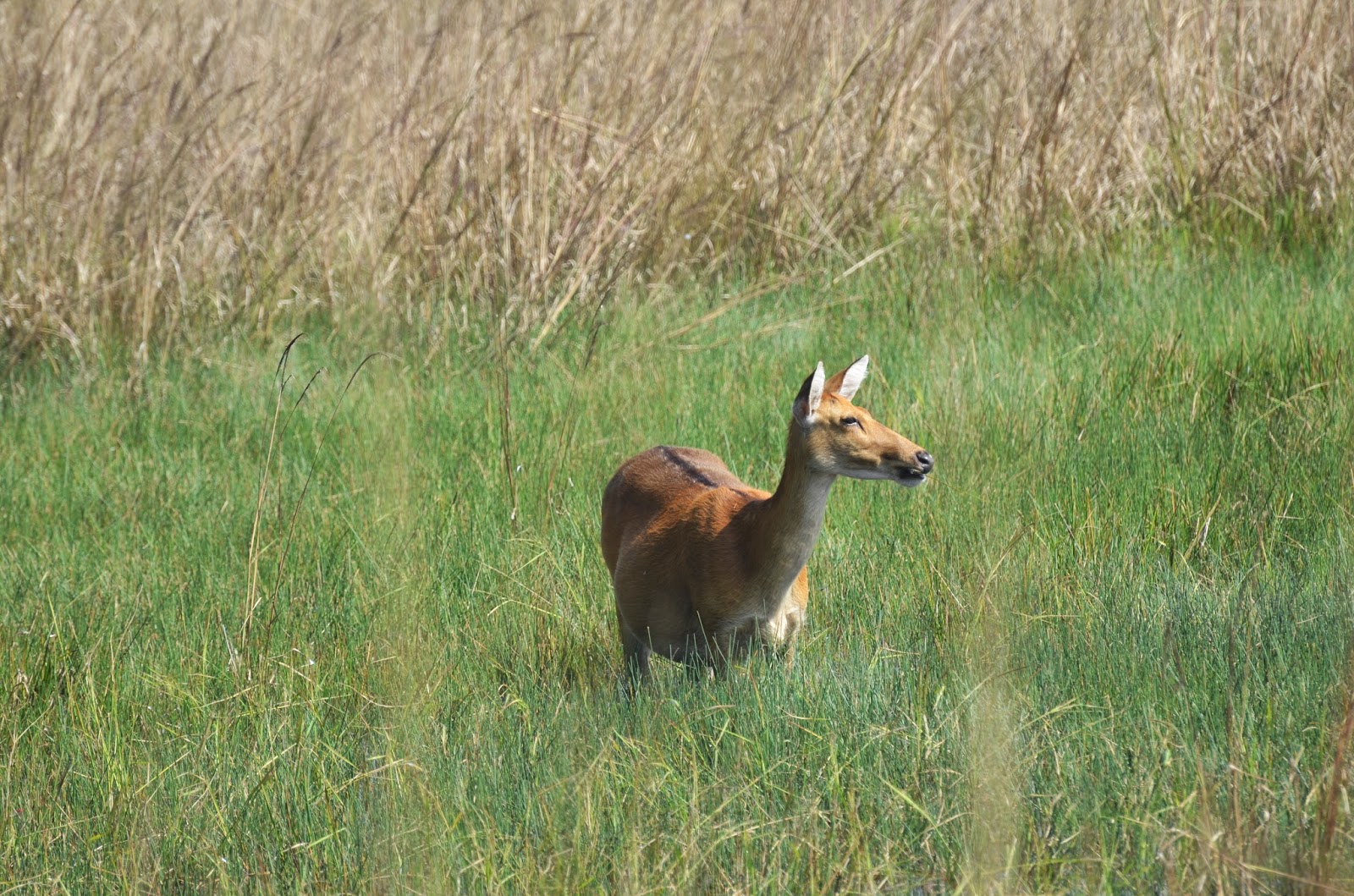Mumbai is a city that is essentially 7 islands connected by huge bridges. It is clearly an international city and the economic capital of India boasting more millionaires per square mile than New York City!
On our drive from the Mumbai airport to our Oberoi Mumbai Hotel we saw the famous slums of Mumbai, where millions live openly under bridges and overpasses in makeshift dwellings of scavenged construction materials. Nowhere in India is the juxtaposition of poverty and extreme wealth more stunning. Our guide assured us that, although these dwellings looked very cruel and austere, they were in fact very clean and tidy on the inside. (In my opinion, our guide was delusional and somewhat prone to defend their way of life). There are millions of people living directly on the streets (no dwellings) who had migrated from the villages in hopes of a better life. After seeing the villages and countryside, it is mystifying how these people could consider living on the streets of a major city preferable. The guide explained that most of these people are members of the "untouchable" caste and, as such, were seeking the anonymity and possibility of upward social mobility of city life. The caste system is against the law, but the relics still remain.
 |
| Slums in the foreground of city highrise |
 |
| Close up of a woman in the slums, preferable to the streets |
This is a vast city of great unimaginable wealth and the opposite extreme of abject poverty. The lucky ones find employment as hired servants to the uber rich. Several privately run programs are in place to give some of the masses menial employment because there are no government social welfare programs. This model tends to keep the servile class at the bottom and the rich at the top. That, and the fact of their station at birth.
The laundry program picks up the laundry at the door of a wealthy client, then washes-irons-folds the clothes and brings it back to the door the next day. We could see a huge area in the middle of the city with white sheets hanging on the clothes lines like billowed sails in a vast urban ocean.
 |
| clean white sheets....miles and miles of them |
|
|
|
|
Another program is the LUNCH BOX PROGRAM. This is how it was explained to us. The well-to- do businessman leaves his home for work each morning. His wife spends the morning cooking his hot lunch which is then packed in a unique and identifiable lunchbox. This is picked up at her door by one of the crew of the Lunchbox program. The lunch is placed on a train along with thousands, perhaps millions of other lunchboxes en route to the city and the businessman's office! It is picked up at the train depot and delivered to the office by another of the crew. This process happens each day begging the question, "Why don't the businessmen simply take their own lunches when they leave the house in the morning?" Answer: To their way of thinking, they are providing yet other opportunities for the lower classes to "be employed" as servants to the Brahmans. Interesting take on "noblesse oblige."
 |
| Lunchboxes are loaded onto bicycles for office delivery each day |
|
There is a hospital for the indigent, but they must form a queue outside the hospital doors in the morning. The hospital accepts as many as it will take that day. If the sick can't get in that day, then they must come back and try again the next day. There are no federal medical systems for the vast population of indigent in this country.
 |
| Highrise apartments for Muslims only |
|
|
Unlike the Hindu majority of the population that cremates their dead in the ghats along the rivers, the Muslims place their dead on rooftops as carrion for the eagles! This is the reason they need their own separate dwellings. Hindu is 79.6% of population; Muslim is 14.2% of population; Christian is 2.34 % of population; Buddhist .77%.
The city has gorgeous architecture that was built during the English colonization and the reign of Queen Victoria.
 |
| Gothic architecture |
It is noteworthy that we had to be searched and body scanned before entering all hotels and major tourist sites. This is due to the many bombings that have taken place since the late 90's at the hands of the Pakistan terrorists.
 |
| The famous Taj Hotel of Mumbai that was bombed in 2006 | | |
|
|
|
 |
| Gateway to India |
Upon our return to the United States, we were exhausted from the constant onslaught of culture shock provided by our stay in India. It took weeks to be strong enough to write about the experience. Now, looking back at the photos and thinking through the complexity of Indian society, it makes me wonder at their ability to survive. It has been projected that India will overtake China's population in 10 years. There seems to be very little governmental restraints on birth control
Sidebar: At this point the only visible attempt at population control seems to be in the voluntary sterility offered to the masses. There is talk of abandoning this program because so many women have died of sepsis. ) The extreme population and the lack of education are contributing to the country's woes.
Sidebar: There is no compulsory education in India and 20 percent of children never go to school. The upper classes attend English speaking schools, a fact that gives them the advantage in procuring the top jobs. Although the country has an affirmative action program to promote lower castes to higher paying jobs, this program appears to be failing because many of the lower castes are not educated enough to succeed in those jobs due to the disparity in education. There are no government social welfare programs or health care programs, a fact that perpetuates the "outlawed" caste system. There seems to be very little if any industrial regulation which leads to the smog (air and water pollution) that is prevalent in both India and Nepal.
On the brighter side, the poor do not seem to be starving and this is a mystery to me. They live in what most Americans would consider to be completely unacceptable circumstances, yet they are industrious...even the thieves and beggars are industrious! They are legion; consider 20% of 1.2 billion people that comprise the beggar/ thief population in that country. Indians accept all religions and have many languages and vernaculars spoken by their vast population. Hindus, Muslims, and Christians seem to live together with tolerance. The Indian food is a unique art form, and indeed they make some of the most gorgeous textile art in the entire world. The people are beautiful and cordial to Americans. Their music is extraordinary and the dances rival those of African tribes. In a word, I'm glad that we went. I've learned quite a lot about the Indian culture; I've learned that there is much to learn yet.




































































